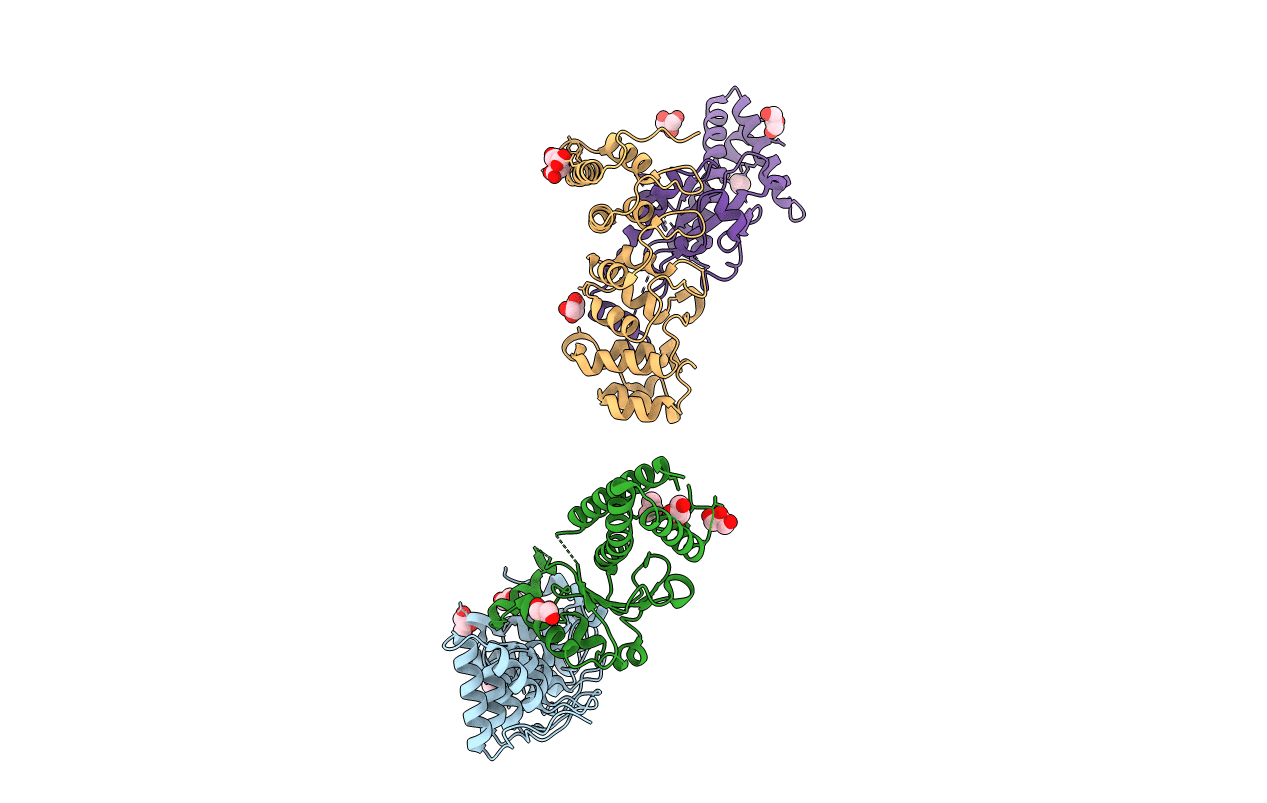
Deposition Date
2022-03-15
Release Date
2022-08-24
Last Version Date
2024-11-13
Entry Detail
PDB ID:
7UBZ
Keywords:
Title:
Chymotrypsin digested toxin/immunity complex for a T6SS lipase effector from E. cloacae
Biological Source:
Source Organism:
Enterobacter cloacae (Taxon ID: 550)
Host Organism:
Method Details:
Experimental Method:
Resolution:
1.75 Å
R-Value Free:
0.18
R-Value Work:
0.16
R-Value Observed:
0.16
Space Group:
P 21 21 21


